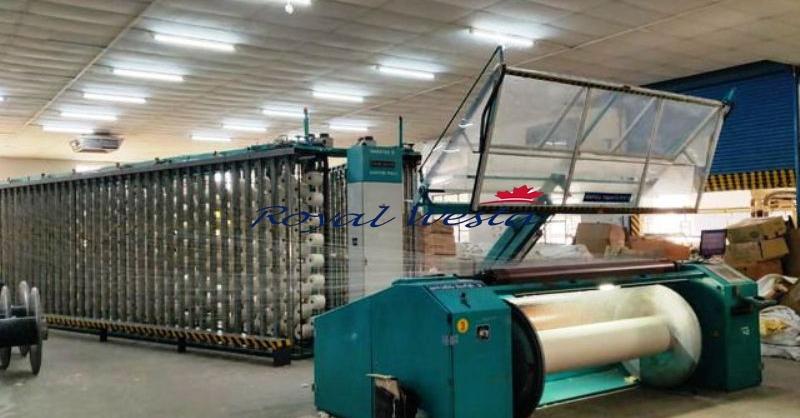Are you curious to know what is warping? You have come to the right place as I am going to tell you everything about warping in a very simple explanation. Without further discussion let’s begin to know what is warping?
Warping, a fundamental stage in textile manufacturing and a crucial concept in various technological applications, lays the groundwork for the creation of fabrics, materials, and structures. Let’s delve into the significance and processes involved in warping across different industries.
What Is Warping?
Warping is a preparatory process in textile manufacturing where parallel yarns or threads, known as the warp, are arranged lengthwise on a frame or beam. This meticulously organized arrangement of warp threads forms the foundational structure for weaving or knitting fabric.
Textile Industry Perspective:
- Preparing Warp Yarns: Yarns from various sources, such as cones or spools, are wound onto a warp beam or warp frame in a parallel manner. This process ensures uniform tension and alignment of the yarns, readying them for subsequent weaving or knitting.
- Ensuring Uniformity: Warping involves precise measurements and alignment to achieve consistency in yarn tension, thickness, and length. This uniformity is crucial for producing high-quality fabrics with minimal flaws.
- Types of Warping: Direct warping and sectional warping are two common techniques. Direct warping involves winding yarn directly onto a warp beam, while sectional warping involves winding yarn onto smaller sections that are later transferred to the warp beam.
Technological Applications:
- Manufacturing: Beyond textiles, warping finds applications in various manufacturing processes where organized alignment of materials is crucial. For instance, in composite materials production for aerospace or automotive industries, warping aligns fibers or materials for strength and durability.
- Electronics and Optics: In fields like electronics and optics, warping refers to the distortion or deformation of surfaces or components. In optics, it could involve the correction of lens surfaces to achieve optimal performance.
Importance And Impact:
- Quality Assurance: Warping ensures the uniformity and integrity of yarns or materials, contributing to the overall quality of the final product.
- Efficiency in Production: Properly warped yarns or materials facilitate smoother weaving, knitting, or manufacturing processes, enhancing production efficiency.
- Technology Advancements: In technological applications, warping aids in precision engineering and the creation of advanced materials for diverse industries, fostering innovation and development.
Conclusion:
Warping stands as a foundational process in textile manufacturing and holds significance in various technological domains. Its meticulous organization of parallel yarns or materials serves as the groundwork for creating fabrics, composite materials, and structured components across industries, ensuring uniformity, strength, and functionality.
Understanding the intricacies of warping illuminates its pivotal role in shaping the quality and characteristics of the materials we encounter in everyday life, from the fabrics we wear to the advanced materials used in cutting-edge technologies.
FAQ
What Is Called Warping?
Warping refers to the process of arranging yarns or threads lengthwise on a loom. During warping, parallel threads are wound onto a beam in preparation for the weaving process. This step ensures that the threads are properly aligned and tensioned before weaving.
What Is Material Warping?
Description: Warping and/or Warpage can be defined as a dimensional distortion in a molded product after it is ejected from the mold at the end of the injection molding process. Warping and/or Warpage is sometimes called ”potato-chipping” because the part tends to appear wavy.
What Is A Warp In Textile?
The warp is the set of yarns or other things stretched in place on a loom before the weft is introduced during the weaving process. It is regarded as the longitudinal set in a finished fabric with two or more sets of elements.
What Is Warping And Beaming?
Beaming comprises winding the full width of the warp yarns in a single winding operation on the weaving beam (i.e. the beam which is to be placed on the loom). The warp yarns can be wound from a creel or a warping beam. Leasing comprises inserting lease cords between the warp yarns to separate groups of warp yarns.
I Have Covered All The Following Queries And Topics In The Above Article
What Is Warping
What Is Warping In Textile
What Is Warping In 3d Printing
What Is Warping Effect In Dsp
What Is Warping Effect
What Is Dynamic Time Warping
What Is Warping Stress
What Is Warping In Weaving
What Is Warping?
What Is Warping In Wood
What Is Sectional Warping
What Is Wing Warping
What Is Warping
